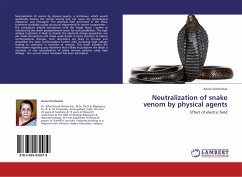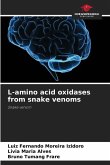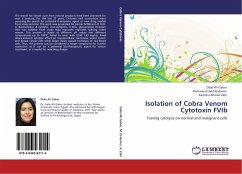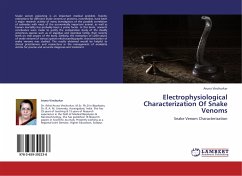In this book we studied the trace element composition of venom of Macrovipera lebetina obtusa, captured from different regions of Azerbaijan, differing in degree of contamination of man-made industrial emissions. Gamma - radiospectrometric studies have shown that the venom samples also contain radionuclides as Ra228, Ra226, K40 and 137 Cs. It was established that the radiation dose (up to 1.35 kGy dose) for 3 minutes did not cause structural changes in the samples venom of vipera, but rather contribute to the stabilization of both toxicity and pharmacological activity while increasing the shelf life of aqueous solutions of vipera venom. At high doses (2.7, 4.05 and 5.4 kGy) Gamma-irradiation for 3 minutes there is a gradual decrease in toxicity (pharmacological activity of enzymes) of snake venom. By laser spectroscopy, spectral-luminescent characteristics of venom of Vipera inhabiting different degree of contamination areas of Azerbaijan was investigated. We can assume that these data can be used in the identification of zootoxins and their metabolites, and these criteria can serve as a theoretical basis for the development of effective methods for diagnosis of poisoning zootoxins.
Bitte wählen Sie Ihr Anliegen aus.
Rechnungen
Retourenschein anfordern
Bestellstatus
Storno








